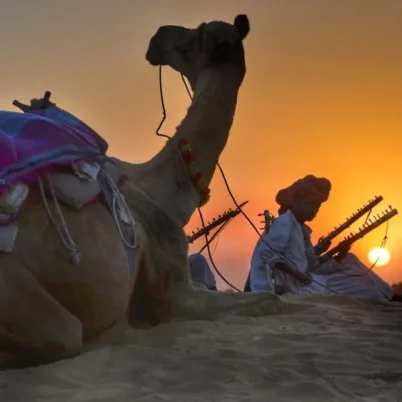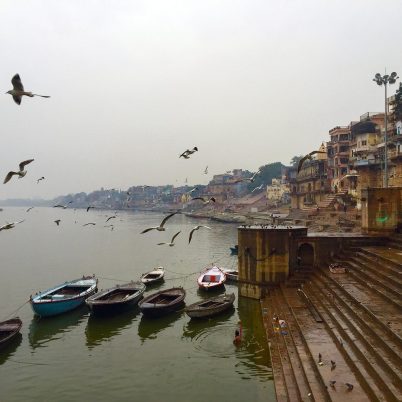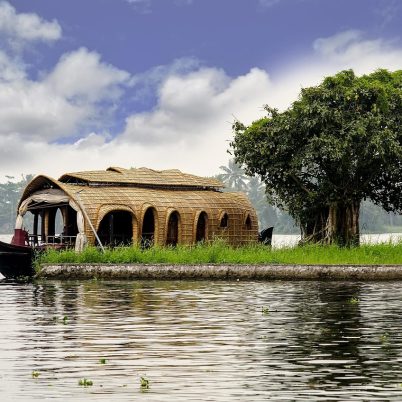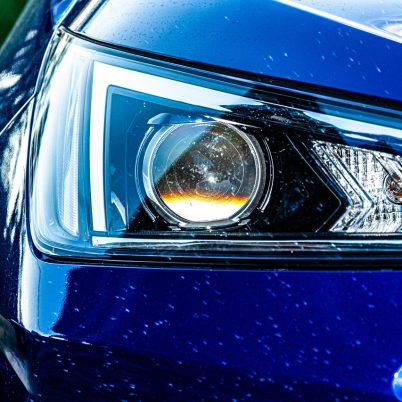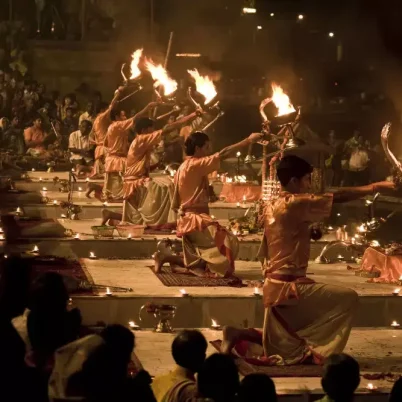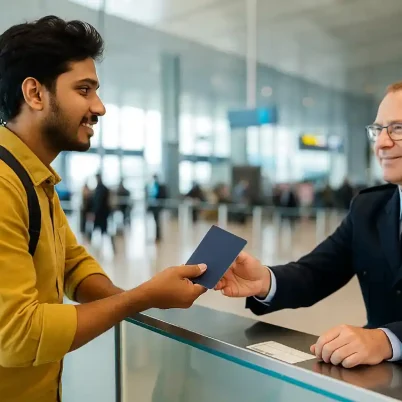Visa and entry regulations into India (like the rest of the world) is every changing while we still live in a covid world. We will be updated this page regularly with the latest visa and entry rules for India.
Updated Tourists E-visa regulation and rules for entry to India post discovery of the Omicron variant.
Updated Mar 7th, 2022
There are 3 simple steps to enter India now, if you are
Submit complete and factual information in self-declaration form on the online Air Suvidha portal (https://www.newdelhiairport.in/airsuvidha/apho-registration) before the scheduled travel, including last 14 days travel details.
Upload a negative COVID-19 RT-PCR report* (The test should have been conducted within 72 hrs prior to undertaking the journey)
or
Certificate of completing full primary vaccination schedule of COVID-19 vaccination**.
You will be asked to also submit a declaration with respect to the authenticity of the report and will be liable for criminal prosecution if found otherwise.
Updated Dec 7th, 2021
Please scroll below to read how you can obtain a Tourist E-Visa to India, and tips from our first client that entered India on November 16th, 2021 on a tourist visa. (post reopening of Indian borders since covid)
India has revised its rules for entry since the discovery of the Omicron variant. Note rules remain largely unchanged unless you belong to the following countries
- ‘At-risk countries’ – All of Europe, including the United Kingdom,South Africa, Botswana, Zimbabwe, Brazil, China, Mauritius, New Zealand, Singapore, Hong Kong and Israel.
If you do not belong to any of the above countries, visiting India is fairly straightforward, you can directly skip to the next part to understand the rules to obtain a tourist E-Visa and to enter in India.
Additional rules of entry for travellers from ‘At risk countries’
- While the rules remain largely the same, all travellers arriving from ‘at risk countries’ will be tested (at their expense approx INR 3900/Euros 45) on arrival.
- Post a negative test result, one has to be home-quarantined for 7 days. Test once again on day 8 and then are free to travel across India
We are closely monitoring these rules and expect India to relax entries for all incoming tourists once the risk of Omicron is better understood.
Drop us an email at thinkingindia@indiasomeday.com with the subject ‘Keep us updated’ and we will let you know as soon as entry rules for those arriving from At risk countries are relaxed.
India opens borders to International tourists November 15th, 2021 onwards
After nearly 20 months India opened its borders to international tourists. Our quick bullet points explain the rules to obtain a tourist E-Visa and a few useful points that you must keep in mind. India Someday can help you plan your trip to India
- Tourist E-Visa is open to over 99 countries (all of Europe, North America, Australia and New Zealand are eligible)
- One needs to be fully vaccinated by any WHO-approved vaccine
- Every traveller needs to present a negative test result no older than 72 hours before your India arrival
- Currently India is only offering a visa for 30 days
- First 500,000 Tourist E-visas will be issued for free
Additional useful information
- All previously issued tourist visas stand suspended until further notice from the Government. You can only travel to India as a tourist by applying for a fresh E-visa
- A regular Tourist E-Visa used to be for 60 days. We do expect the government to increase the duration of the E-Visa, in due course of time making longer holidays in India possible
- Partially or unvaccinated travellers can visit India, but they need to be quarantined for 7 days upon arrival.
Experience of obtaining an Indian E-visa and entering India post reopening of Indian borders
Here are useful notes from our friend Claudia (Swiss citizen), who arrived in India on November 16th, 2021 following the reopening of borders.
E-visa application was easy and visa was approved within 12 hours. (this is the official government website to apply for your visa)
- Visa was free, we expect visas over the next six months to be free
- It is important to complete the Air Suvidha form and upload your negative covid result (this can only be done 72 hours before departure)
- Carry multiple copies (at least three each) of the completed Air Suvidha form and your negative covid results. Airlines will review a copy before they allow you to board, you are required to present the same at immigration and there was one random check in between where they asked for the Air Suvidha form and negative test result after arrival
- Lufthansa airlines has an app that allows you to upload all the covid related documents for your travel. This makes it much easier at the time of check in and transfer flights. If your airline offers the same it is highly recommended to upload all the documents on the app.
- It is safe to plan an extra hour at the airport before arrival as reviewing documents takes time.
- Arrival in India was smooth and despite the extra checking it did not take significantly longer to leave the airport.
- Wow! There are so few tourists in India, this is the best time to visit India. We can help you plan your trip.
The information below explains the different kinds of visa, eligibility and how to obtain a visa for India. These used to be rules before March 2020, i.e. before covid. These will continue to the rules once we reach normalisation with covid.
Every foreign citizen is required to obtain a visa for India before they enter the country. According to the Indian visa policy for tourists and visitors, there are two Indian visa types to apply for: The e-visa and the regular tourist visa. The Indian e-visa is for a shorter period of stay and it’s also much easier to apply. The regular tourist visa for India requires more documents, time and is more expensive, but allows for a longer stay.
Depending on your nationality, you can apply from a minimum of six months up to 10 years. Read on through our article on the tourist visa for India. Explore both options and get answers to questions like who can apply, how much it costs and what the requirements are.
VISA FOR INDIA 2020
Due to the ongoing Coronavirus pandemic, India has taken measures to flatten the curve. This includes a number of travel bans and restrictions.
COVID-19 update July 01, 2020
The ban on international travellers entering India for the purpose of tourism is still in effect, and no visas are being issued. India’s borders are still closed to tourism. Those travellers that are permitted entry need to have a valid visa obtained from any of the Indian Missions abroad. They will also have to show a Medical Certificate of having tested negative for the Coronavirus. This must be issued within 48 hours of their departure.
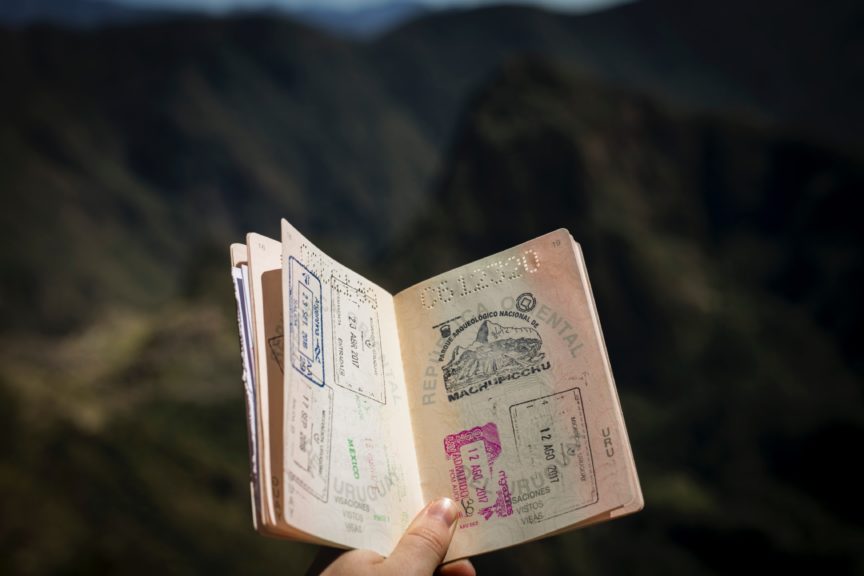
e-visa for India
The format for e-visa for India resembles a visa on arrival but is not exactly the same. The applicant needs to submit their India visa forms and pay the necessary fees online. The applicant would be informed online via email if the electronic tourist visa is granted or not.
You don’t have to courier your passport or visit an Indian Embassy or consulate. Once they grant your visa, you can board your plane. Authorities will stamp the tourist visa on your passport on arrival.
While similar, it’s still not exactly a visa on arrival, as you still have to apply before you arrive in India. However, it’s a lot less cumbersome than sending passport or having to line up outside an Indian Embassy/consulate.

The Indian Tourist Visa Application Information
Eligibility for an Indian Tourist Visa
PURPOSE: The Indian Government only considers four reasons sufficient for obtaining this visa. These are: recreational and sightseeing, visiting friends or family, medical treatment for a short duration, and conducting short and casual business.
PASSPORT: The original document should be valid for another six months from arrival. It should have at least two blank pages to fill up with Indian stamps. Those holding Pakistani Passports or are of Pakistani origin are unfortunately not allowed this convenience. The process for Pakistani passport holders is a little different, and is streamlined and not as easy. Diplomatic/Official Passport holders, those endorsed on Parent’s/Spouse’s Passport and International Travel Document Holders will all have to go through the regular method of obtaining visas.
Then, you need to fill the Indian Visa Application.
Application requirements for the electronic tourist visa for India
PASSPORT: You’ll need to submit a scanned copy of your passport’s information page after filling the application form.
PHOTO: If you have a digital copy of a passport sized photo, upload it to the website. Alternatively, scan a regular passport photo instead and upload it, here’s a detailed list of documents and the photo specifications.
PROOF OF DEPARTURE: You will need to provide a confirmed round trip ticket. This shows that you’re not trying to sneak in and start a new life.
FEES: The e-visa fee depends on the country of origin. At the moment citizens from 169 countries can apply for an e-visa.
Details of E-Tourist Visa for India
For applications to be eligible they must be submitted no later than 4 days and no earlier than 34 days before the date of arrival. You might want to consider a traditional tourist visa for India, if you’re the kind who likes your itinerary done and dusted well in advance
The duration of stay on the e-visa has increased from 30 days to 60 days with a double-entry. This change has come in effect from April 01st, 2017. The Indian Government has also increased the window for applying for an e-visa from 30 days to 120 days. Therefore, it has became easier to obtain a tourist visa for India. You can now also apply for a medical or business visa online. However, this requires different documents to be uploaded, see here
You can pick up a visa on arrival at the airports of Ahmedabad, Amritsar, Bagdogra, Bengaluru, Calicut, Chennai, Chandigarh, Cochin, Coimbatore, Delhi, Gaya, Goa, Guwahati, Hyderabad, Jaipur, Kolkata, Lucknow, Mangalore, Mumbai, Nagpur, Pune, Tiruchirapalli, Trivandrum & Varanasi as well as the cruise seaports of Kochi, Goa and Mangalore.
Carry a copy of your Electronic Travel Authorization (ETA) at the time of your travel. After you arrive at an airport, authorities will stamp your e-visa onto your passport at the e-visa counter. Afterwards, you need to go to the immigration counter where they’ll stamp your passport. This might take quite some time at busy airports like Delhi or Mumbai. So allow your self some time if doing a layover.
Your ETA will usually be processed and issued within 3 business days after your online application if approved.
Travelling to India from UK? Get more Travel Insights for UK Travelers
Planning to Visit India for US? Find Out More Information in this Comprehensive Guide
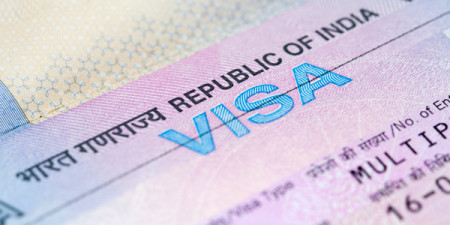
How can you apply for a regular tourist visa for India?
If you’d like to stay for longer than 60 days, go for the regular tourist visa, requiring you to send an application and passport to the consulate or through the VFS.
In the UK, VFS Global handles all visa applications for India. This visa’s duration of stay is up to 12 months with multiple entries. However, India limits the period of stay without exit to 6 months. You can apply in person or by post. It takes a minimum of 2 weeks until you receive the tourist visa for India. Its validity starts from the date of issue.
In the US Cox & Kings Global Services handles regular visa services. Authorities limit the period of stay without exit to 6 months. But, you can also apply for a validity of up to 10 years with multiple entries. Apply in person or by post, but it’s definitely a thorough process. Read more on how to apply here.
Australian citizens can apply for a visa with multiple entries for a year, maximum stay of 6 months on VFS Global. It costs about 135 AUD. It takes an average of 5 days plus shipping if you send it by post.
Explore More: Plan Your Australia to India Adveture
Requirements for the Regular Tourist Visa
For all visa applications, you require:
- Fill a form
- Send in your passport with a minimum validity of 6 months on the date of application with two blank pages
- One or two photographs with precise specification well-documented on the visa websites
- A reference from both someone from your country of origin and someone in India. For the latter, you can use the address and number of a hotel or travel agency – like us for example!
Dig Deeper: Get Insights into India’s Perfect Visit Timing
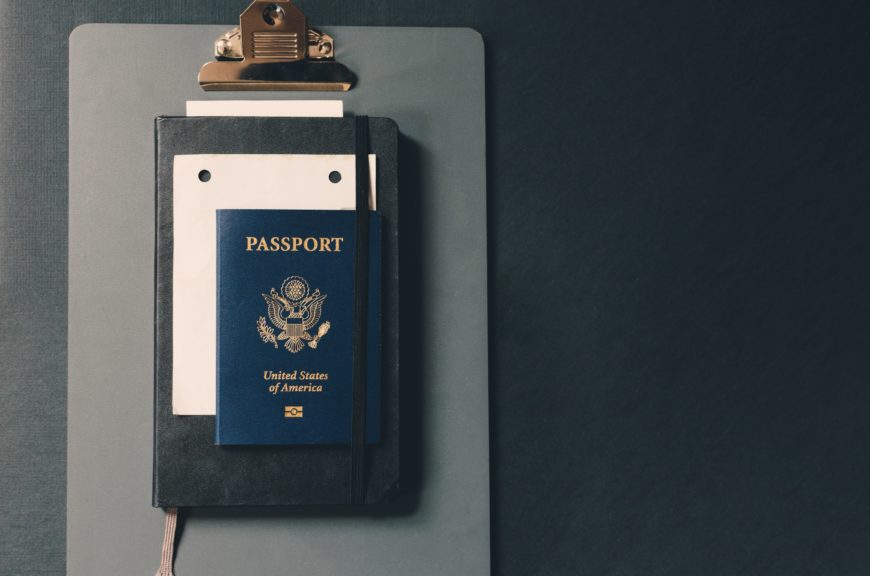
This might sound exhausting but we promise you: India is worth the effort. If you are interested in a trip to India plan your trip with us now!
Frequently Asked Questions
The easiest way to get a tourist visa for India is an eVisa. You can submit your application and documents online and receive a confirmation digitally as well. You can also apply for a physical visa from an Indian embassy or consulate.
You can stay for maximum of 180 days on a tourist visa in India.
No, a tourist visa for India is non-extendable and non-convertible to another type of visa except in some specific cases.
You will need a valid passport, a completely filled visa application form, and updated passport-sized photos, along with proof of purpose of visit like flight tickets or invitation letter, and proof of sufficient funds.
No, the average delivery time of an eVisa for India is 7 days. Although urgent applications are usually approved within 24 hours, it might take a longer time to process.
Overstaying your tourist visa in India may result in heavy fines, detaining and deportation, or temporary or permanent bans on re-entering India.
helping you travel your way
Everything you need to know about India is here We have tried writing about everything you may need help with for your trip to India, If you need help in planning a trip to India Get in touch with us to to plan your trip of a life time.



